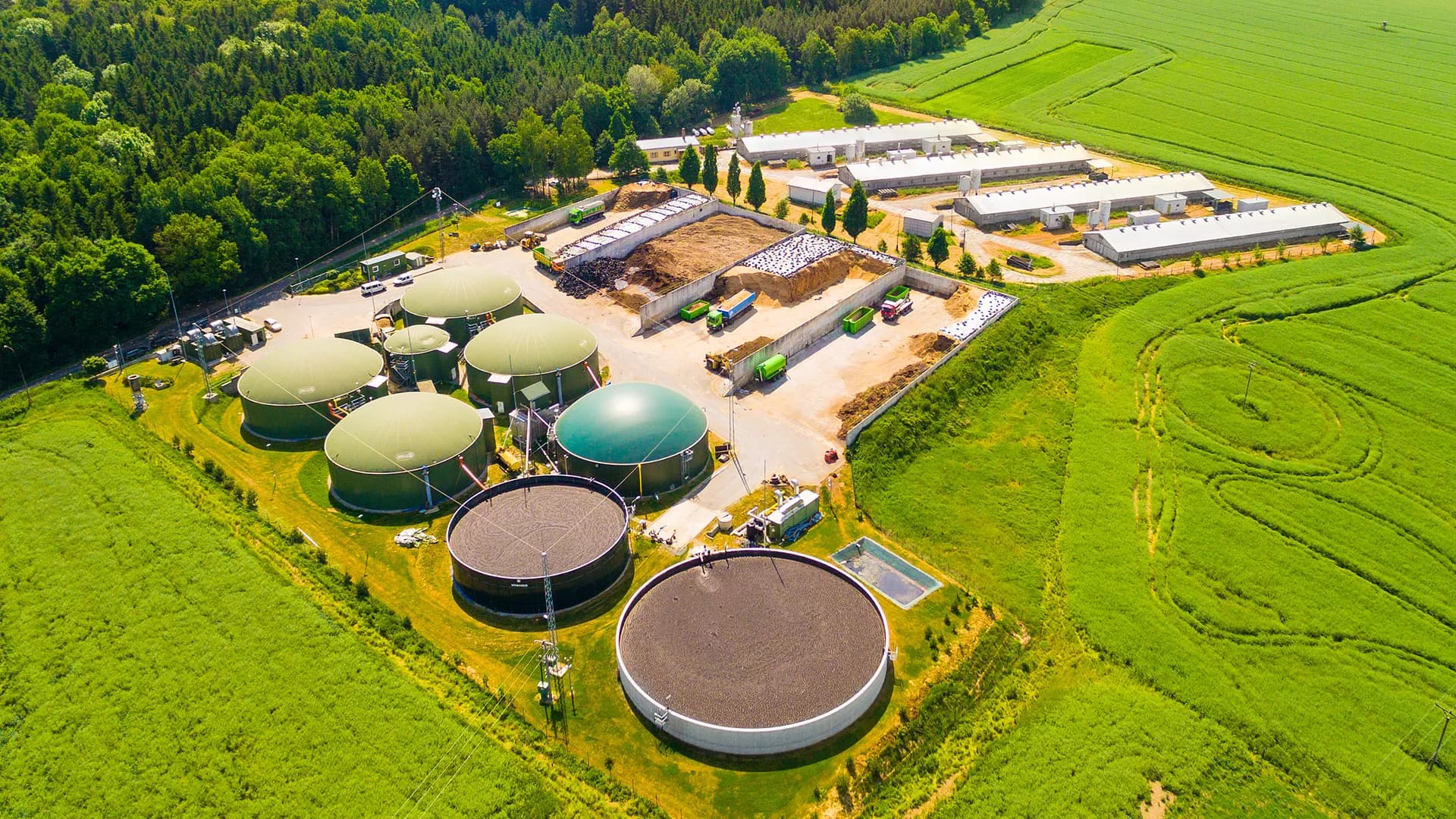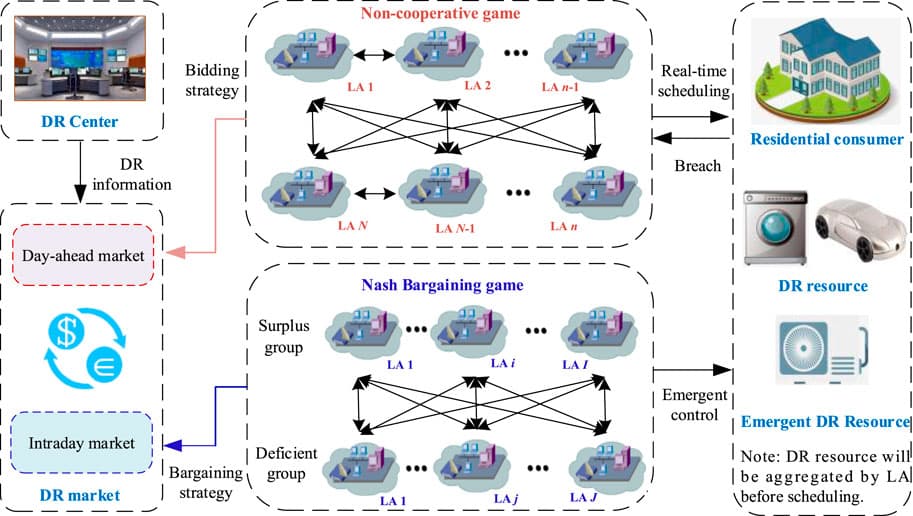The distributed power generation is increasing rapidly, and its integration into the power system is a critical issue for the existing power network. Therefore, a three-level converter is developed to access and control the medium voltage DC generated from a photovoltaic system in a smart grid. A conventional three-level neutral point clamped circuit is incorporated into the conventional inverter. The conventional inverter is a pulse width modulation-based inverter that achieves zero switching currents and supplies power to the load. This technique suppresses the switching power loss up to a large extent. Additionally, switches conduct half of the input voltage; therefore, the output voltage is significantly similar to the voltage of the output filter. Moreover, in the proposed converter, the stress of voltage on diodes is minimal, which increases the input range of voltage in smart grids. The overall efficiency of converter is around 97.9% and voltage gain is around 42. In addition to these, a detailed design description and analysis are carried out in this paper. In the end, a prototype is developed for experimental analysis to validate the operating principle and characteristics of the proposed converter.
With the development of power grid technology, a large number of constant power loads (CPL) are introduced into the power grid system. The negative damping characteristic of CPL poses a great challenge to the stability of power grid under the condition of large signal disturbance. This paper focuses on the large signal stability and dynamic response characteristics of DC microgrid with CPL. The mixed potential function (MPF) method is adopted to model the large signal characterstic of load converter controlled by the traditional PI control strategy and the new virtual DC motor (VDM) control strategy. The large signal stability criteria and the asymptotic stability region of the DC microgrid system under the two control strategies are derived. The dynamic response characteristics of the DC microgrid are compared under three large signal operation conditions of the load step, load linear change and the load fault. The results show that VDM control strategy can effectively improve dynamic response characteristics of the DC microgrid system compared with those of PI control, and enhance the stability and anti-interference ability of the DC microgrid system.
Compared to conventional DC transmission, Voltage source converter based high voltage direct current transmission (VSC-HVDC) has the advantages of independently controllable transmission power, no commutation failure, no reactive power compensation and low harmonic levels. However, VSC-HVDC transmission cannot provide effective frequency support and regulation for the system after grid connection. For this reason, an adaptive neural fuzzy virtual inertia control method is proposed to impose a control strategy on the converter at the receiving end of a VSC-HVDC transmission. The method uses the frequency change rate and the amount of change of frequency as constraints to dynamically adjust the virtual inertia and damping coefficients. It provides larger inertial support when the frequency fluctuation is large and smaller inertial support when the frequency fluctuation is small, thus adapting to different operating conditions. Finally, a hardware-in-the-loop simulation platform is built. The superiority and application prospect of the proposed strategy in frequency stability of the system are verified by comparing the proposed strategy with the traditional virtual control strategy.
Frontiers in Energy Research
Optimal Reactive Power Dispatch for Resilient Power System Operation






